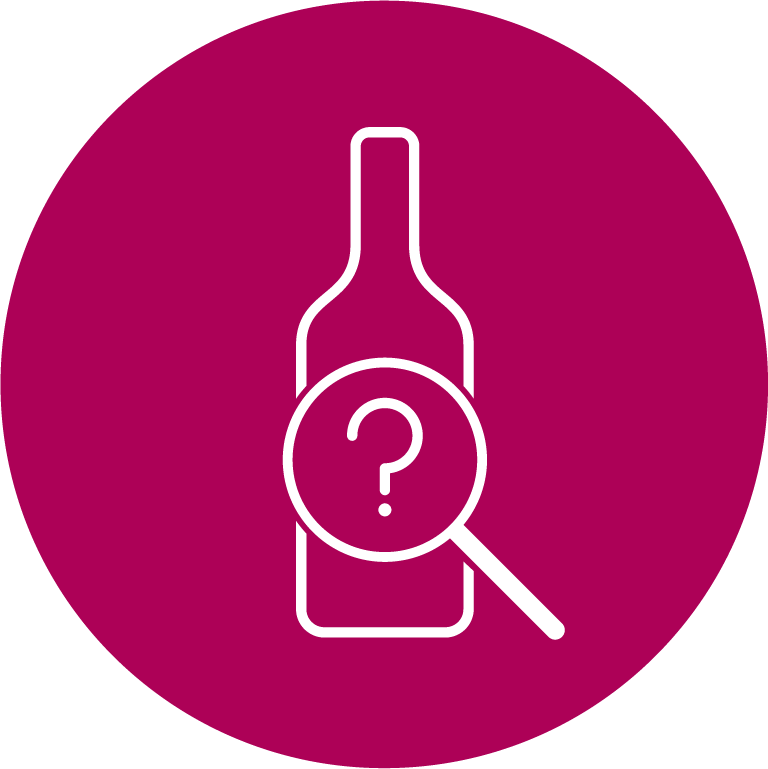Before I really developed an interest in wine, there were always the “go-to“ wines that I would buy – not because I knew anything about them, but because I’d heard of them so assumed (rightly or wrongly), they must be good! Châteauneuf-du-Pape most definitely fell into that category and whenever I was over in France on the booze-cruise, I would fill up the basket with as much of the stuff as I could find, even on occasion grabbing the rarer, white version which you could NEVER get in the UK off-licences at the time!

Anyway I digress, onto the wine itself.
Châteauneuf-du-Pape literally translates as “The Pope’s New Castle” and is so named because Pope Clement V (an avid wine lover apparently!) moved to Avignon in the Southern Rhone in 1309 following a falling out with the King of France. This Papal link remains today, which is why, when you see the wine you will notice a very distinctive emblem of crossed keys or a Bishop’s mitre embossed on the bottle which ensures the wines’ authenticity and quality.
Interesting facts:
Aside from being the birthplace of France’s appellation system back in 1923, the wine was officially granted AC status in 1936.
For those of you who like high alcohol wines, is it has the highest minimum ABV (12.5%) of any wine in France, with many (particularly in this time of global warming) topping 14.5% .
Today there are 18… yes you read it correctly… a whopping 18 grape varieties (red and white) authorized to be used to make Châteauneuf-du-Pape. With red Châteauneuf-du-Pape accounting for over 90% of the total output of the AC.
Slightly unusually, both red and white varieties are permitted to be included in all wines produced (red or white). The red wines are dominated by the famous ‘GSM’ grape blend of Grenache, Syrah and Mourvedré, although sometimes they are made with a single variety. The whites tend to be dominated by Grenache Blanc, Clairette and Roussanne.
What are the wines like?
Red Châteauneuf-du-Pape is big and bold, with lots of black and red fruits, prune, savoury notes of game and leather and a definite hint of garrigue (the herbs of the Provence region). These are not shy wines, high in alcohol and rich and spicy on the palate. They make great food wines as they are very versatile but I’d recommend with a hearty meat-based dish as a rule.
White Châteauneuf-du-Pape is rarer and more varied stylistically but generally these are full bodied, often slightly oily wines with usually quite delicate aromatics of citrus and white flowers. Note: cheaper versions can lack acidity and balance.
High quality producers to look for include Château de Beaucastel and Clos des Pape.
Top Tip! Good Châteauneuf-du-Pape can be expensive, so if you don’t want to fork out then you can find less expensive but usually very good quality wines from the neighbouring Gigondas and Vacqueyras appellations. Stylistically they are more rustic, but they are usually reliable and good value, indeed I tend to opt for these over Châteauneuf-du-Pape these days.
Tomorrow, D is for Dried Grapes.

Interesting article and thanks for the tip on Gigondas and Vacqueyras as I like Châteauneuf du Pape very much but often resent paying what I consider to be uneasonable prices for it.
Looking forward to what you have in store for x and z…!
Thanks for the positive feedback Andrew, funnily enough X and Z were easier than you might imagine!